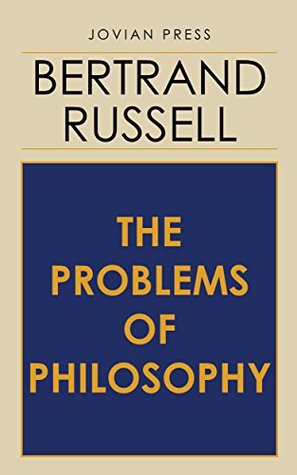More on this book
Community
Kindle Notes & Highlights
for philosophy is merely the attempt to answer such ultimate questions, not carelessly and dogmatically, as we do in ordinary life and even in the sciences, but critically, after exploring all that makes such questions puzzling, and after realizing all the vagueness and confusion that underlie our ordinary ideas.
Here we have already the beginning of one of the distinctions that cause most trouble in philosophy—the distinction between ‘appearance’ and ‘reality’, between what things seem to be and what they are.
All these things are not commonly noticed in looking at a table, because experience has taught us to construct the ‘real’ shape from the apparent shape, and the ‘real’ shape is what interests us as practical men.
Hence, two very difficult questions at once arise; namely, (1) Is there a real table at all? (2) If so, what sort of object can it be?
‘sense-data’
‘sensation’
The real table, if it exists, we will call a ‘physical object’. Thus we have to consider the relation of sense-data to physical objects. The collection of all physical objects is called ‘matter’. Thus our two questions may be re-stated as follows: (1) Is there any such thing as matter? (2) If so, what is its nature?
But Berkeley retains the merit of having shown that the existence of matter is capable of being denied without absurdity, and that if there are any things that exist independently of us they cannot be the immediate objects of our sensations.


